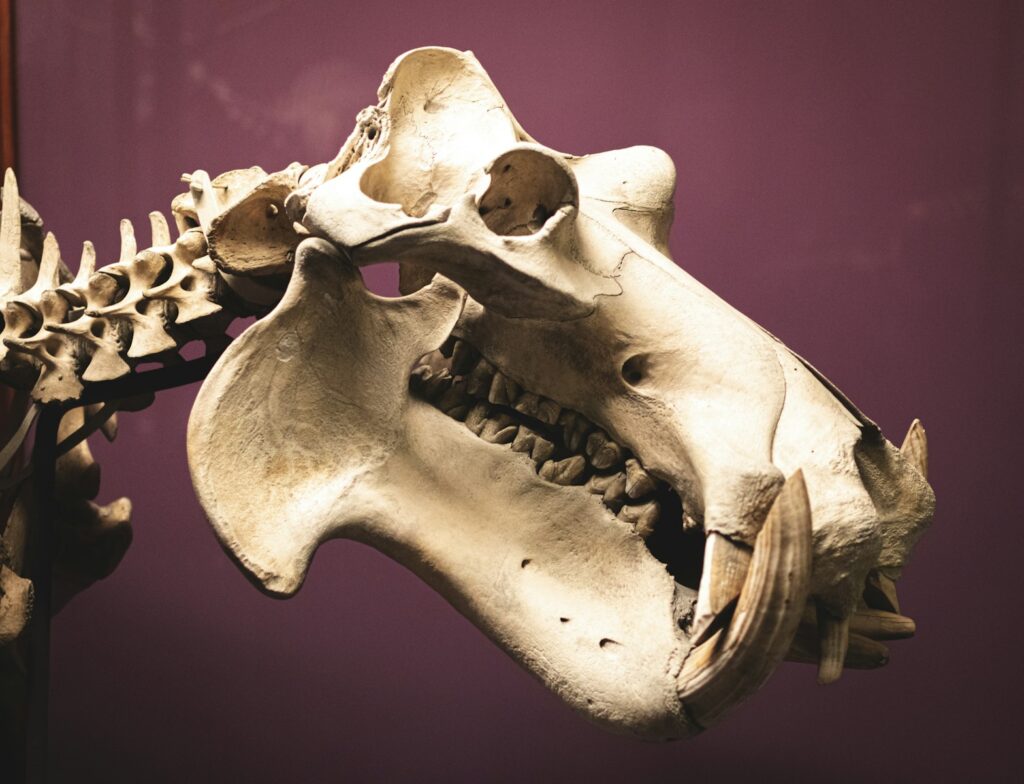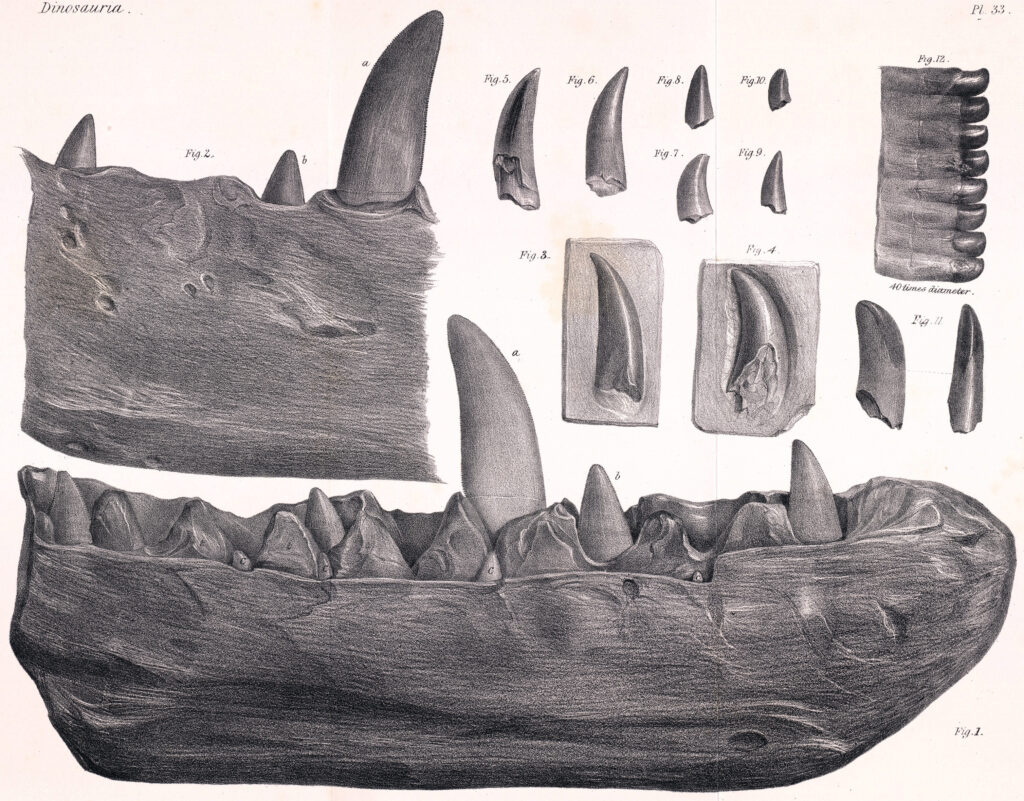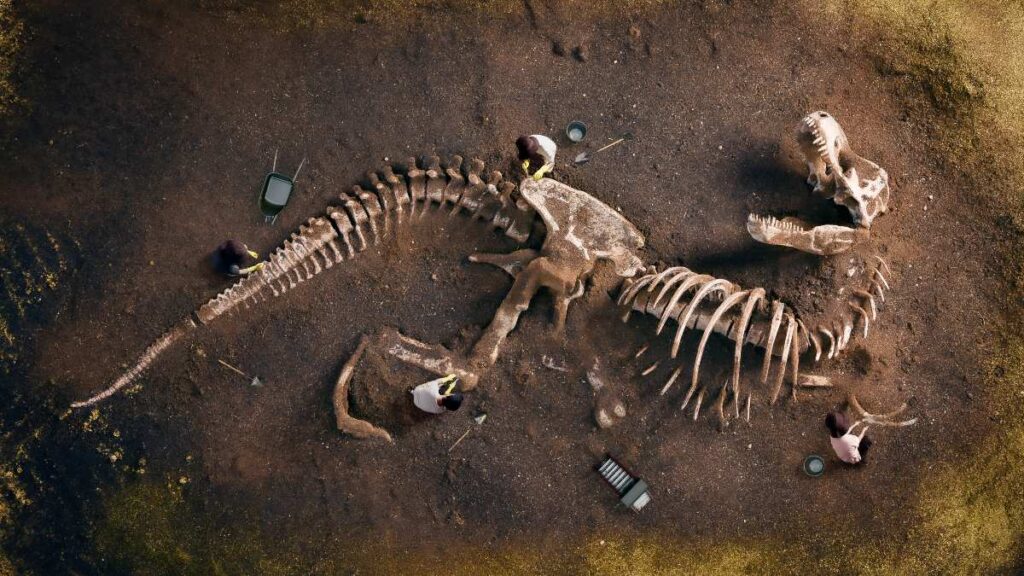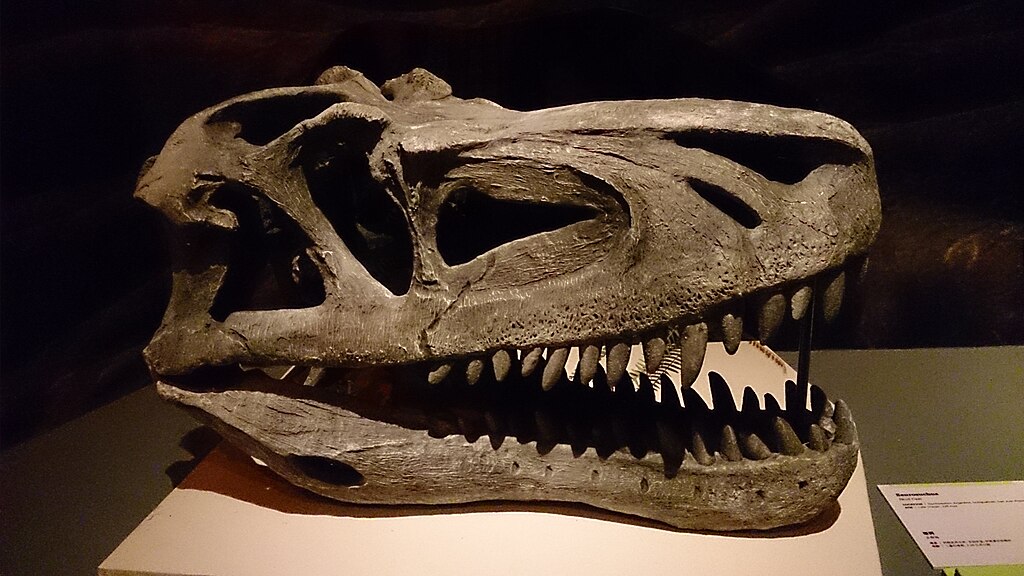Even the mightiest dinosaurs were not immune to illness and injury. While we often imagine these prehistoric giants as the epitome of strength and power, paleontological evidence reveals that dinosaurs, like modern animals, suffered from various diseases and medical conditions. By examining their fossilized remains, scientists have uncovered a fascinating array of ailments that affected these ancient creatures. These pathological findings provide remarkable insights into dinosaur biology, behavior, and the evolutionary history of disease itself. From cancer to arthritis, infections to broken bones that healed incorrectly, the fossil record tells a compelling story of dinosaur health and suffering across millions of years.
Paleopathology: The Study of Ancient Diseases

Paleopathology is the specialized field of science dedicated to studying diseases and injuries in ancient organisms through their fossilized remains. This discipline combines elements of paleontology, pathology, veterinary medicine, and comparative anatomy to identify abnormalities in fossil specimens. Researchers examine unusual bone structures, growth patterns, and healed injuries to diagnose conditions that affected dinosaurs millions of years ago. The field has advanced significantly in recent decades, thanks to technologies like CT scanning and microscopic analysis that allow scientists to peer inside fossils without damaging them. Through paleopathology, researchers gain unique insights into dinosaur physiology, behavior, and even social dynamics, as evidenced by how certain species managed to survive despite debilitating conditions.
Cancer in the Cretaceous: Dinosaur Tumors

Perhaps the most surprising discovery in dinosaur paleopathology has been evidence of cancer in these ancient reptiles. In 2020, scientists identified an aggressive form of osteosarcoma (bone cancer) in a Centrosaurus apertus, a horned dinosaur that lived approximately 76 million years ago. The cancerous growth was found in the dinosaur’s fibula, and researchers confirmed the diagnosis using advanced imaging techniques and comparisons with modern cancer cases. This discovery represents the first confirmed case of cancer in a dinosaur, though benign tumors called osteomas have been documented in several other specimens. Such findings challenge the misconception that cancer is primarily a modern human disease, demonstrating that even dinosaurs battled with cellular mutations that led to uncontrolled growth. The presence of cancer in dinosaurs suggests that the fundamental biological processes underlying the disease have existed for at least 76 million years.
Infections and Abscesses: Bacterial Battles

Evidence of infections ranks among the most common pathological findings in dinosaur fossils. Paleontologists have discovered numerous examples of osteomyelitis, a severe bone infection characterized by distinctive lesions and abnormal bone growth. One notable case involves a Tyrannosaurus rex nicknamed “Sue,” whose jawbone shows signs of a severe infection that likely caused significant pain and difficulty eating. Another fascinating example comes from a duck-billed hadrosaur that suffered from an abscess in its vertebra, creating an abnormal hole in the bone where infectious fluid had accumulated. These infections would have caused symptoms similar to those seen in modern animals: pain, fever, and reduced mobility. The survival of dinosaurs with such conditions suggests they had immune systems capable of fighting infections, though severe cases would have compromised their ability to hunt or escape predators. Some specimens show evidence that infections had begun to heal before death, indicating the dinosaurs’ immune response was successfully combating the bacterial invasion.
Broken Bones and Fractures: Traumatic Injuries

Traumatic injuries, particularly broken bones, appear frequently in the fossil record and offer compelling narratives about dinosaur lives. A remarkable example is “Jane,” a juvenile Tyrannosaurus that survived multiple rib fractures, evidenced by the calluses that formed during healing. Similarly, studies of Allosaurus fossils reveal numerous healed fractures, suggesting these predators lived dangerous lives involving frequent injuries. The location of these fractures provides clues about dinosaur behavior – tail fractures might indicate fights over territory or mates, while leg fractures suggest falls or collisions. The healing patterns of these breaks also reveal information about dinosaur physiology and recovery capabilities. When a bone shows signs of healing, it demonstrates that the animal survived the initial injury and lived long enough for repair processes to begin. This healing ability indicates that dinosaurs possessed efficient immune systems and repair mechanisms similar to modern vertebrates, though their recovery times may have differed significantly.
Arthritis and Joint Diseases: Aging Giants

Like many modern animals, dinosaurs suffered from degenerative joint diseases as they aged. Paleontologists have identified clear signs of arthritis in numerous dinosaur specimens, particularly in weight-bearing joints of large species. The massive Diplodocus and other sauropods frequently show evidence of spinal arthritis, likely due to the immense stress placed on their vertebrae by their enormous body weight. Similar arthritic changes have been observed in the ankle and foot bones of large theropods like Tyrannosaurus and Allosaurus. These conditions would have caused pain, stiffness, and reduced mobility, potentially making affected individuals more vulnerable to predation or starvation. The presence of severe arthritis in some specimens indicates these dinosaurs lived long enough to develop age-related conditions, providing insights into their natural lifespans. Interestingly, the distribution pattern of arthritic changes in dinosaur skeletons helps scientists understand which parts of their bodies endured the most mechanical stress during life.
Gout: The Disease of Kings in Dinosaur Joints

Remarkably, paleontologists have identified evidence suggesting that some dinosaurs suffered from gout, a painful form of inflammatory arthritis caused by elevated uric acid levels. While relatively rare in the fossil record, distinctive lesions consistent with gout have been documented in several theropod specimens, including tyrannosaurs. These lesions typically appear as erosive changes to joint surfaces, particularly in the feet and lower limbs. In modern animals, gout often relates to diet and metabolism, suggesting similar connections might exist for dinosaurs afflicted with this condition. The presence of gout in predatory dinosaurs might indicate a protein-rich diet that contributed to elevated uric acid levels. These findings help researchers reconstruct aspects of dinosaur physiology and metabolic processes that would otherwise remain unknown. The similarity between gout manifestations in dinosaurs and modern birds further strengthens the evolutionary connection between these groups.
Dental Disease: Toothaches of the Mesozoic

Dental pathologies represent some of the most common health issues identified in dinosaur fossils, particularly among species that regularly replaced their teeth. Evidence of tooth abscess, abnormal wear patterns, and periodontal disease appears across numerous dinosaur groups. Tyrannosaurs frequently exhibit signs of bacterial infections that created distinctive pits in their jawbones where abscesses formed around tooth roots. Hadrosaurs, with their complex dental batteries of hundreds of teeth, sometimes show irregular wear patterns, suggesting abnormal chewing mechanics or damage. These dental issues would have affected his feeding ability and potentially caused chronic pain similar to modern toothaches. In severe cases, infections originating in the teeth could spread to surrounding bone tissue, creating serious health complications. The study of dinosaur dental pathologies also provides insights into their diets, feeding behaviors, and the evolutionary development of dental systems. Some specimens show evidence of teeth that broke during feeding but continued to be used, suggesting these animals adapted to dental injuries.
Spondyloarthropathy: Spinal Fusion and Mobility Issues

Several dinosaur specimens exhibit signs of spondyloarthropathy, a condition causing inflammation of the vertebrae that can eventually lead to fusion of the spine. This condition has been identified in multiple dinosaur groups, from massive sauropods to agile theropods. In severe cases, consecutive vertebrae become completely fused, significantly reducing spinal flexibility and mobility. A well-documented example comes from a Diplodocus specimen with multiple fused vertebrae in its tail, which would have substantially affected its movement patterns. The condition appears similar to ankylosing spondylitis in modern animals, suggesting shared biological mechanisms across millions of years of evolution. For predatory dinosaurs, such spinal fusion would have severely compromised hunting abilities, while for herbivores, it might have limited defensive maneuvers against predators. The presence of this condition in dinosaurs from different ecological niches indicates it was a widespread health issue unrelated to specific environmental factors.
Abnormal Bone Growth: Exostoses and Overgrowths

Paleontologists have documented numerous cases of abnormal bone growths in dinosaur fossils, ranging from small bony protrusions to massive irregular formations. These growths, often called exostoses, typically develop in response to trauma, infection, or other pathological conditions. One famous example is “Big Al,” an Allosaurus specimen displaying multiple exostoses along its ribs, foot bones, and vertebrae, likely resulting from repeated injuries and infections. Another interesting case involves a Pachycephalosaurus with an unusual growth pattern on its distinctive dome-shaped skull, potentially indicating a developmental disorder. These abnormal growths would have affected the dinosaurs’ weight distribution, mobility, and, in some cases, internal organ function. By studying the location and structure of these bone abnormalities, researchers can reconstruct the health challenges faced by individual dinosaurs. The variety of bone growth disorders identified suggests dinosaurs were susceptible to a wide range of developmental and reactive bone conditions similar to those seen in modern vertebrates.
Stress Fractures: Signs of Strenuous Lives

Stress fractures and related bone abnormalities reveal fascinating insights into the physical demands placed on dinosaur bodies. Unlike complete fractures resulting from singular traumatic events, stress fractures develop gradually from repeated mechanical strain on bone tissue. Paleontologists have identified these distinctive injuries in leg bones of cursorial (running-adapted) dinosaurs like ornithomimids and smaller theropods. The distribution pattern of these fractures helps scientists understand how dinosaurs moved and which skeletal elements endured the greatest physical stresses. For instance, stress injuries in foot bones suggest frequent high-impact activities such as running or jumping. Some hadrosaur specimens show stress-related changes in their toe bones, indicating these animals regularly supported significant weight on their forelimbs despite being primarily bipedal. These findings challenge previous assumptions about dinosaur posture and movement patterns while providing evidence of the intense physical demands these animals experienced. The presence of healed stress fractures indicates dinosaurs could recover from these injuries and adapt their behavior during the healing process.
Deformities and Developmental Disorders

The fossil record contains evidence of various congenital and developmental abnormalities that affected dinosaurs from birth or early growth stages. Paleontologists have documented cases of scoliosis (abnormal spinal curvature), dwarfism, and limb deformities across different dinosaur species. A notable example includes a Camptosaurus specimen with a significantly deformed humerus that would have altered its gait and mobility throughout life. Another fascinating case involves a Massospondylus embryo showing abnormal development of vertebral elements, suggesting some developmental disorders began before hatching. These conditions provide valuable insights into dinosaur growth patterns and the genetic or environmental factors that could disrupt normal development. The survival of individuals with serious deformities into adulthood suggests that some dinosaur species may have demonstrated social behaviors that supported disabled group members. Additionally, studying the prevalence of specific deformities across different dinosaur populations helps scientists understand the genetic diversity and health of prehistoric ecosystems.
Modern Methods in Ancient Diagnosis

The field of dinosaur paleopathology has been revolutionized by advanced technologies that allow researchers to examine fossils in unprecedented detail. Computed tomography (CT) scanning enables scientists to visualize internal bone structures without damaging valuable specimens, revealing details invisible to the naked eye. Microanalysis techniques can identify chemical traces of disease processes preserved within fossilized tissue, while 3D modeling helps reconstruct how pathological conditions affected dinosaur anatomy and movement. Comparative methods also play a crucial role, as researchers examine similar conditions in modern birds and reptiles to better understand dinosaur diseases. Synchrotron imaging, which uses powerful X-rays to create highly detailed views of fossil microstructure, has revealed evidence of healing processes and infection signatures previously undetectable. These technological advances continue to expand our understanding of dinosaur health and disease, sometimes leading to revised diagnoses of previously studied specimens. As methods improve, scientists can increasingly distinguish between pathological conditions and taphonomic changes that occurred during the fossilization process.
Implications for Understanding Dinosaur Biology and Behavior

The study of dinosaur diseases provides remarkable insights, extending far beyond individual diagnoses to illuminate broader aspects of dinosaur life. Evidence of healed injuries suggests that many dinosaur species possessed robust immune systems and efficient healing mechanisms similar to those of modern vertebrates. The survival of individuals with severe disabilities indicates certain dinosaur species may have exhibited complex social behaviors, possibly including group protection or care for injured members. Pathological specimens also offer clues about dinosaur sensory capabilities and pain perception, as animals with serious conditions must have adapted their behavior to accommodate limitations. Disease patterns across different taxonomic groups help scientists trace the evolutionary history of certain pathogens and immune responses. Additionally, examining how different dinosaur species coped with similar health challenges reveals adaptation strategies that evolved independently across various lineages. Perhaps most significantly, these pathological findings humanize dinosaurs, reminding us that despite their often fearsome appearance, these animals experienced suffering, adaptation, and resilience throughout their lives.
Evidence of Illness in Dinosaur Fossils Reveals Their Biological Vulnerability

The study of disease in dinosaur fossils represents a fascinating intersection of paleontology and pathology that continues to yield new insights into prehistoric life. Through careful examination of abnormalities preserved in fossil bones, scientists have documented a surprising variety of conditions that affected dinosaurs throughout the Mesozoic Era. These discoveries challenge our perception of dinosaurs as invulnerable creatures, instead revealing them as biological beings subject to the same health challenges that affect animals today. As technology advances, researchers will undoubtedly uncover more evidence of dinosaur diseases, further enriching our understanding of these magnificent animals and the evolutionary history of disease itself. The next time you imagine a thundering Triceratops or a towering Tyrannosaurus, remember that beneath their impressive exteriors, these creatures may have been dealing with arthritis, infections, or healing injuries – a testament to the universal experience of biological vulnerability that connects all life across time.




